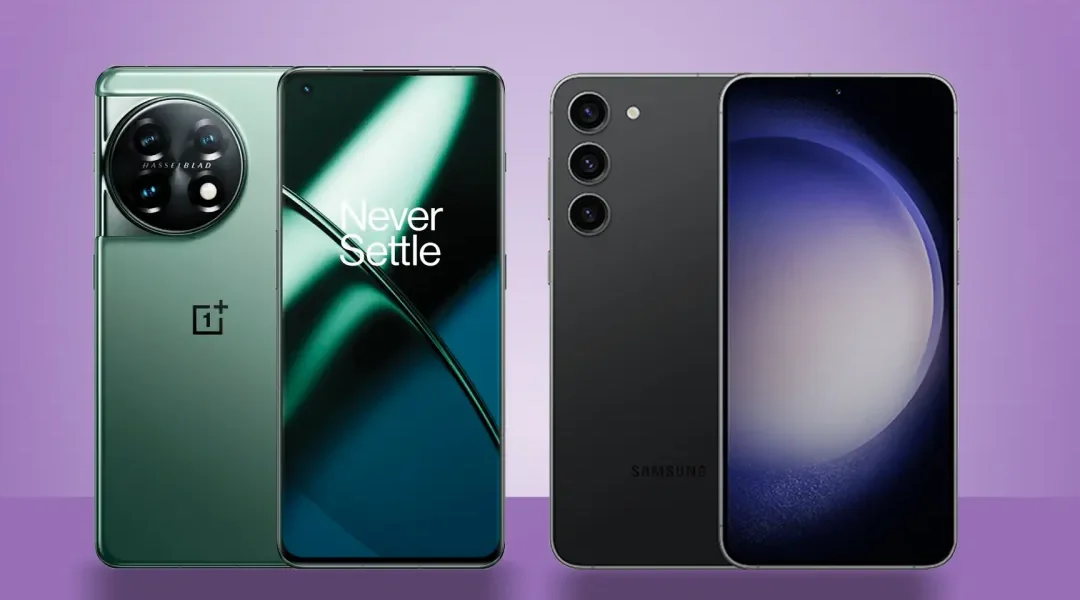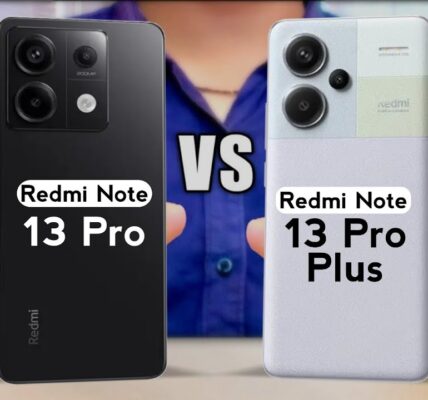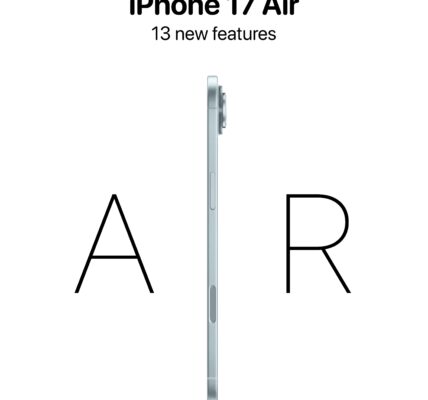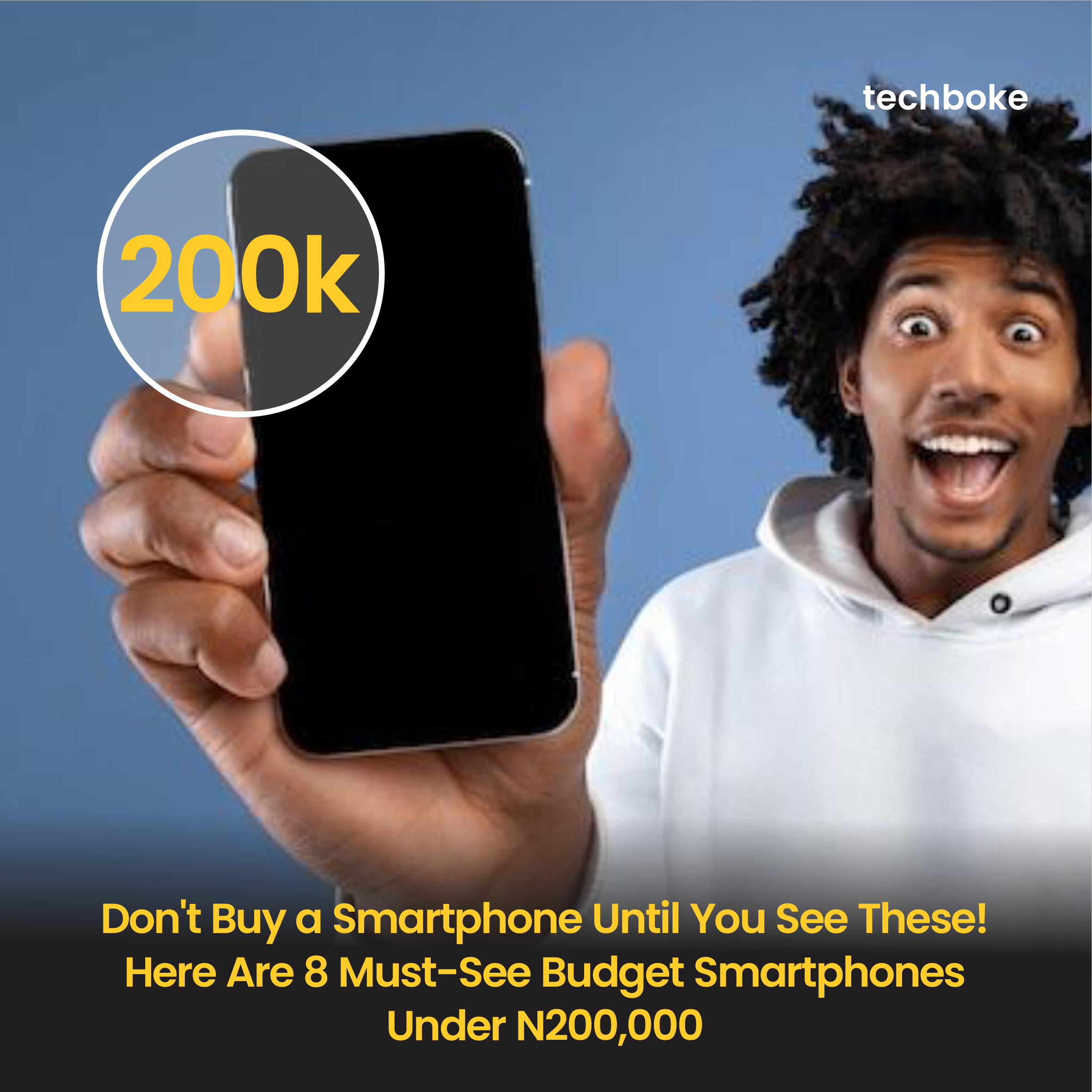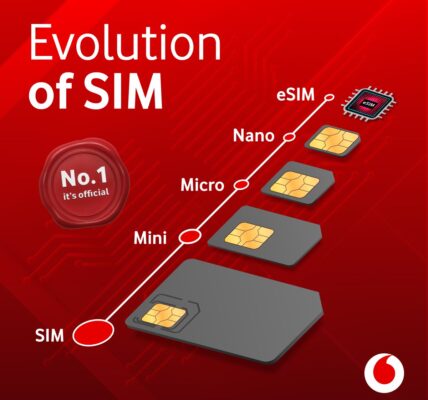OnePlus vs Samsung: Is the ‘Flagship Killer’ Now the Overpriced Copycat?
Back in the early 2010s, OnePlus burst onto the scene like a rebel with a cause shaking up the smartphone market with top-tier specs at budget-friendly prices. Dubbed the “flagship killer,” it was everything Apple and Samsung weren’t: fast, clean, and affordable. But fast-forward to 2025, and OnePlus’ latest phones are inching closer to the very giants they once aimed to dethrone in both design and price tag. So the question now lingers has OnePlus become what it once swore to destroy?
Table of Contents
ToggleWhat Sparked the Rivalry?
The smartphone world loves a good duel. Think iPhone vs Android, or now, Samsung vs OnePlus. With the two brands constantly competing in specs, software, and price points, they’ve become the modern David and Goliath of Android.
Brand Legacy and Market Perception
Samsung’s Dominance in the Tech World
Samsung has been around longer, commanding massive respect and market share. From refrigerators to smart TVs, they’ve nailed hardware manufacturing. Their Galaxy S and Note series have become gold standards in Android flagships.
OnePlus’ Origin Story: From Underdog to Top Contender
Founded in 2013, OnePlus was born to challenge overpriced flagships. For years, it lived up to its “Never Settle” motto, giving users blazing fast phones at mid-range prices. But with newer models, especially after its OPPO merger, things have changed and not always for the better.
Design Philosophy and Build Quality
Premium Aesthetics: Who Wears It Better?
In the past, OnePlus was slightly behind in looks. But now? OnePlus 12 boasts a glass sandwich body, curved display, and a sleek, symmetrical rear nearly indistinguishable from Samsung’s Galaxy S24.
Materials, Finish, and Durability
Samsung often leads with Gorilla Glass Victus 2 and IP68 water resistance, while OnePlus recently caught up. But here’s the catch: many users argue the tactile feel of Samsung still feels more “premium.” OnePlus? Slick, but a tad lighter maybe even hollow?
Display Technology Comparison
AMOLED vs Fluid AMOLED: What’s the Real Difference?
Samsung pioneered AMOLED tech and sells it to others, including OnePlus. Ironically, OnePlus’ Fluid AMOLED is sourced from Samsung making this a cat chasing its tail.
Refresh Rates, Brightness, and HDR
Both offer 120Hz refresh rates and HDR10+ support. But Samsung often edges out with higher peak brightness and better color calibration out of the box.
Performance and Processing Power
Snapdragon, Exynos, and Thermal Management
Samsung Galaxy S24 (U.S. variant) and OnePlus 12 both sport the Snapdragon 8 Gen 3 chip. Internationally, Samsung still uses Exynos which draws criticism. OnePlus often beats Samsung in thermal performance and sustained speed under stress.
Benchmark Wars and Real-World Speed Tests
Geekbench numbers may not lie, but they don’t tell the whole story either. OnePlus tends to win the RAM game, often offering 16GB or more, while Samsung stays conservative. For multitaskers? OnePlus might be the better bet.
Camera Capabilities
Triple Lens vs Quad Lens: Specs Breakdown
Samsung’s camera game is tight 200MP sensors, 10x zoom, and detailed image processing. OnePlus has closed the gap with its Hasselblad partnership, offering better color tuning and dynamic range.
Image Processing and AI Enhancements
Samsung leans heavy on post-processing, often enhancing images to the point they look a bit fake. OnePlus takes a more natural approach — sometimes to a fault.
Software and UI Experience
OxygenOS vs OneUI: Which One’s Smoother?
OxygenOS was once the holy grail of minimal, clean UI. Since merging with ColorOS, it feels more bloated. Samsung’s OneUI, though feature-rich, is smoother and better optimized than ever before.
Bloatware, Updates, and Customization
Samsung is catching up in timely updates and security patches. OnePlus? Still decent, but post-merger software changes have upset longtime fans.
Battery Life and Charging
Fast Charging vs Super Fast Charging
OnePlus leads the race with 100W+ wired charging — juicing up in under 30 minutes. Samsung? Maxes out around 45W. But real-world use? Samsung often lasts longer on a single charge due to better optimization.
Real-World Battery Endurance
Both brands hover around 5-6 hours of screen-on time, but Samsung’s adaptive display and power management often help it stretch just a bit further.
Ecosystem and Additional Features
Smartwatch, Buds, Tablets – Who Wins in Ecosystem?
Samsung has built an extensive product ecosystem. With its Galaxy Buds, Galaxy Watch, Tab series, and seamless syncing via Samsung Account, it feels a lot like Apple’s walled garden, only Android-style. OnePlus? Still playing catch-up. The OnePlus Watch 2 is decent, but it’s not as integrated. If you’re already on Samsung, it’s easier to stick with Samsung.
Water Resistance, Haptics, and Extras
IP68 rating? Check for both. But haptics, the feel when you type or get a buzz is a win for Samsung. OnePlus improved massively here, but it still doesn’t match the refined vibration feedback of Galaxy flagships.
Price Tag Breakdown
Is OnePlus Still Affordable?
Here’s where the gloves come off. OnePlus started at $299 (remember the OnePlus One?). Today’s OnePlus 12 Pro can cost over $999, placing it toe-to-toe with Samsung’s Galaxy S24. So much for “affordable excellence.”
Samsung’s Premium Price Justification
Samsung justifies its high prices with branding, R&D, display superiority, and ecosystem perks. OnePlus? It now charges like a flagship brand but lacks the brand legacy and full-featured ecosystem to back it up completely.
Customer Service and Brand Trust
Warranty, Repair Costs, and Availability
Samsung has service centers everywhere. Repairs are quicker, spare parts are accessible, and warranties are easier to claim. OnePlus? Still not on the same level especially in smaller markets.
Community Feedback and Loyalty Programs
Samsung rewards loyal users through trade-in offers and loyalty perks. OnePlus has its own “Red Cable Club,” but it feels more like a marketing gimmick than a valuable membership.
Value for Money: Then vs Now
OnePlus’ Shift in Pricing Strategy
It’s no secret, OnePlus no longer plays the “budget beast” card. It’s positioning itself closer to Samsung, but without offering drastically more. That’s rubbed loyal fans the wrong way. The flagship killer now kills wallets, not just flagships.
Comparing Models: OnePlus 12 vs Samsung Galaxy S24
| Feature | OnePlus 12 | Samsung Galaxy S24 |
|---|---|---|
| Display | 6.8″ Fluid AMOLED | 6.6″ Dynamic AMOLED 2X |
| Processor | Snapdragon 8 Gen 3 | Snapdragon 8 Gen 3 (or Exynos) |
| Camera | 50MP + 48MP + 64MP | 200MP + 10MP + 12MP |
| Charging | 100W Wired | 45W Wired |
| Battery | 5400 mAh | 5000 mAh |
| Software | OxygenOS 14 | OneUI 6 |
| Price | Starts at $899 | Starts at $999 |
Verdict? It’s close. OnePlus wins on charging, Samsung on camera and ecosystem. But that price gap is narrower than ever.
User Sentiment and Market Trends
Reddit and Tech Forums Speak
Scroll through threads on r/Android or XDA Developers and you’ll see a clear pattern: users feel OnePlus lost its identity. “They sold out,” say many. Samsung? No longer hated. In fact, people appreciate the polish and software support.
What Influencers and Tech Critics Say
Popular reviewers like MKBHD, Mrwhosetheboss, and Dave2D often praise OnePlus hardware but mention its rising prices and software inconsistencies. Samsung gets kudos for its “safe” but polished approach. It might be boring, but it works.
Conclusion: Final Verdict – Overpriced Copycat or Worthy Rival?
So, is OnePlus still the “flagship killer” or has it become the very beast it once vowed to slay? Truth is, it’s a bit of both.
Yes, OnePlus phones still deliver excellent hardware and fast charging, often at a slightly better value than Samsung. But with prices nearing parity and software losing its charm, it’s harder to call OnePlus a “killer” anymore.
Samsung, on the other hand, continues to refine its winning formula. Sure, it’s pricier, but you get the full package: trust, support, ecosystem, and innovation.
If you want raw speed and fast charging, OnePlus is your guy.
If you want polish, cameras, and a rich ecosystem, Samsung takes the crown.
Read Also 9 Shocking Smartphone Launches You Can’t Ignore in 2025
FAQ
1. Why is OnePlus called the “flagship killer”?
OnePlus earned the nickname “flagship killer” by offering high-end specs at mid-range prices, challenging top brands like Samsung and Apple in value.
2. Is OnePlus more durable than Samsung?
Both brands offer strong build quality and Gorilla Glass protection. Samsung usually includes better water resistance and slightly superior durability.
3. Which phone has better software: OnePlus or Samsung?
Samsung’s OneUI is more feature-rich and polished, while OnePlus’ OxygenOS was once known for its speed but now feels more like OPPO’s ColorOS.
4. Does OnePlus still offer better battery life?
OnePlus often includes larger batteries and faster charging, but Samsung’s software optimization usually gives it better real-world endurance.
5. Has OnePlus become overpriced?
Compared to its early days, yes. While still offering good value, OnePlus no longer undercuts the competition like it once did.
